WordPress is one of the most popular content management systems used to build websites. It’s easy to use, highly customizable and allows users to add functionality to their site through plugins. With over 58,000 plugins available in the WordPress repository alone, it’s tempting to add as many as possible to your site. However, using too many plugins can lead to several disadvantages. In this blog post, we will discuss the disadvantages of using many WordPress plugins on your site.
Table of Contents
Slow Page Load Times
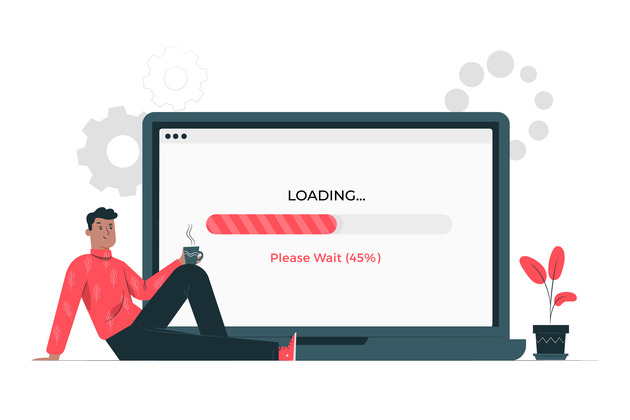
One of the main disadvantages of using many WordPress plugins is that it can slow down your website’s page load times. Every plugin you install on your website requires additional code to be executed, which can cause your website to load slower. This is especially true if you’re using a shared hosting plan or a low-powered server.
Slow page load times not only hurt your user experience but can also negatively impact your search engine rankings. Google has stated that website speed is a ranking factor, meaning that slower websites may not rank as high as faster websites in search engine results pages (SERPs).
Security Vulnerabilities
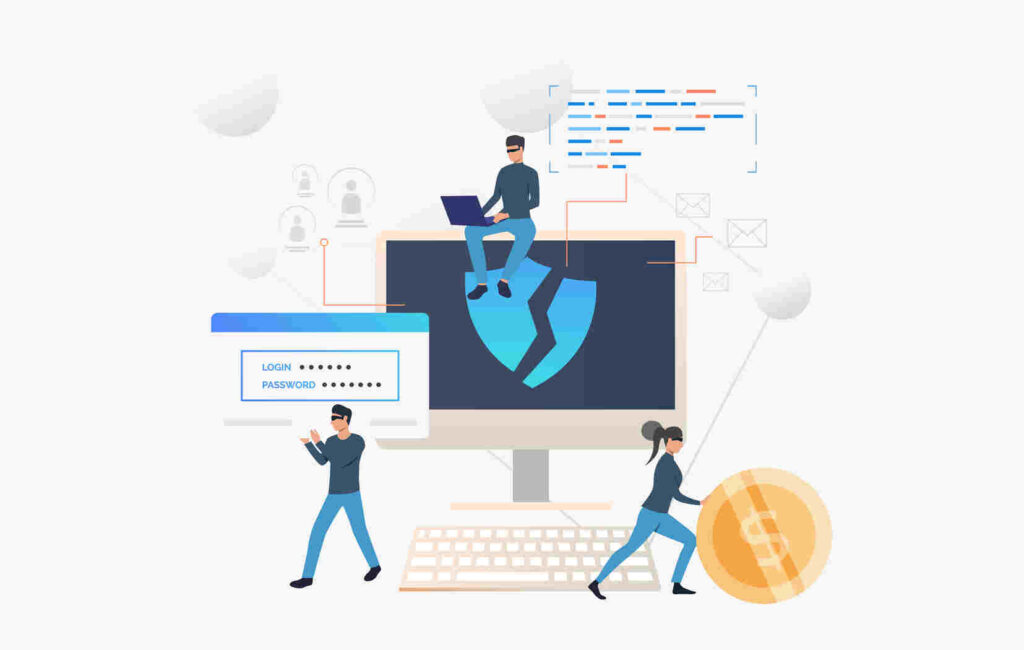
Another disadvantage of using many WordPress plugins is the increased security risk they pose. Every plugin installed on your website is another potential entry point for hackers. A plugin that hasn’t been updated in a while or has a vulnerability can compromise your website’s security, leaving your website and your visitors at risk.
Hackers can use plugins to gain access to your website’s data, steal user information, or even take control of your website. The more plugins you have installed, the more vulnerable your website becomes.
Plugin Compatibility Issues
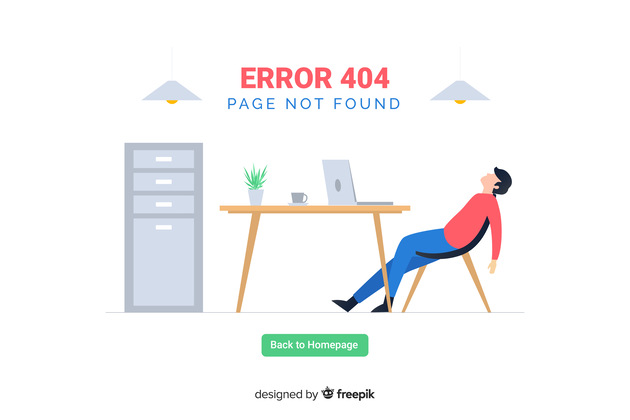
Using many plugins can also lead to compatibility issues between different plugins or between plugins and your theme. Plugins can sometimes conflict with each other, causing your website to break or not function as intended. This can be frustrating and time-consuming to diagnose and fix, especially if you’re not familiar with coding.
Compatibility issues can also arise between plugins and your theme. A poorly coded plugin or theme can cause your website to break, leading to a poor user experience.
Maintenance Overhead
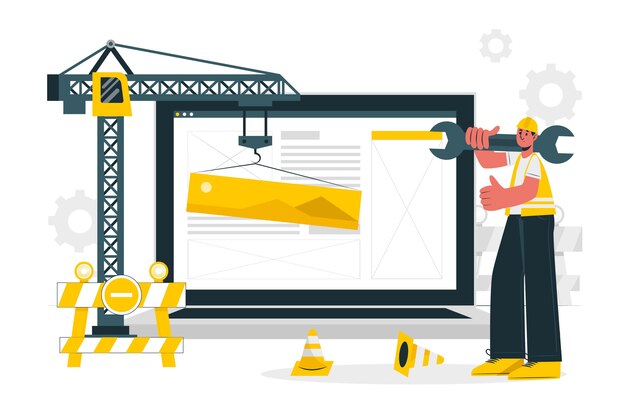
Using many WordPress plugins also means you have more plugins to maintain. Every plugin you install requires updates, and if you don’t update them regularly, they can become outdated and vulnerable to security risks. Updating plugins can be time-consuming, especially if you have a lot of them installed.
Not updating your plugins can also lead to compatibility issues, causing your website to break or not function as intended. Keeping track of updates and ensuring they don’t conflict with each other can be a daunting task.
Plugin Abandonment
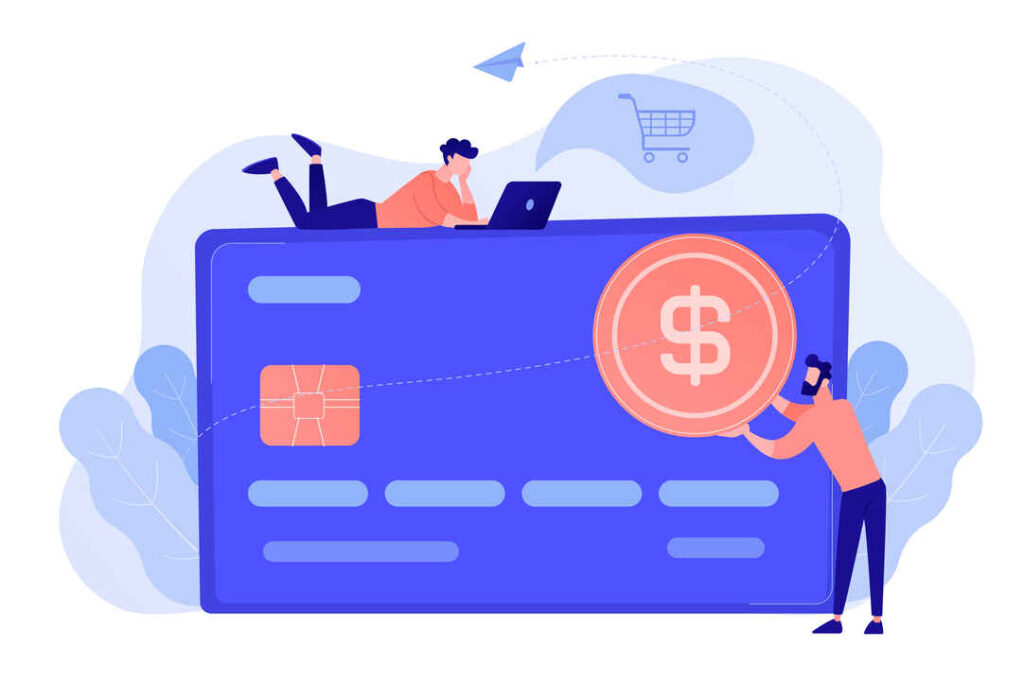
Plugins are created and maintained by developers, and sometimes they decide to abandon their plugins. This means they will no longer receive updates or support, leaving your website vulnerable to security risks and compatibility issues.
If you’re relying on a plugin that has been abandoned, you may need to find a replacement, which can be time-consuming and may require you to migrate data.
Conclusion
While plugins can be useful for adding functionality to your website, using too many can lead to several disadvantages. Slow page load times, security vulnerabilities, plugin compatibility issues, plugin bloat, maintenance overhead, and plugin abandonment are all potential risks of using many WordPress plugins.
To avoid these disadvantages, only install plugins that are necessary for your website’s functionality. Regularly update your plugins and ensure they’re compatible with each other and your theme. By using plugins responsibly, you can avoid the risks and continue to build a successful website.
Image by vectorjuice on Freepik
